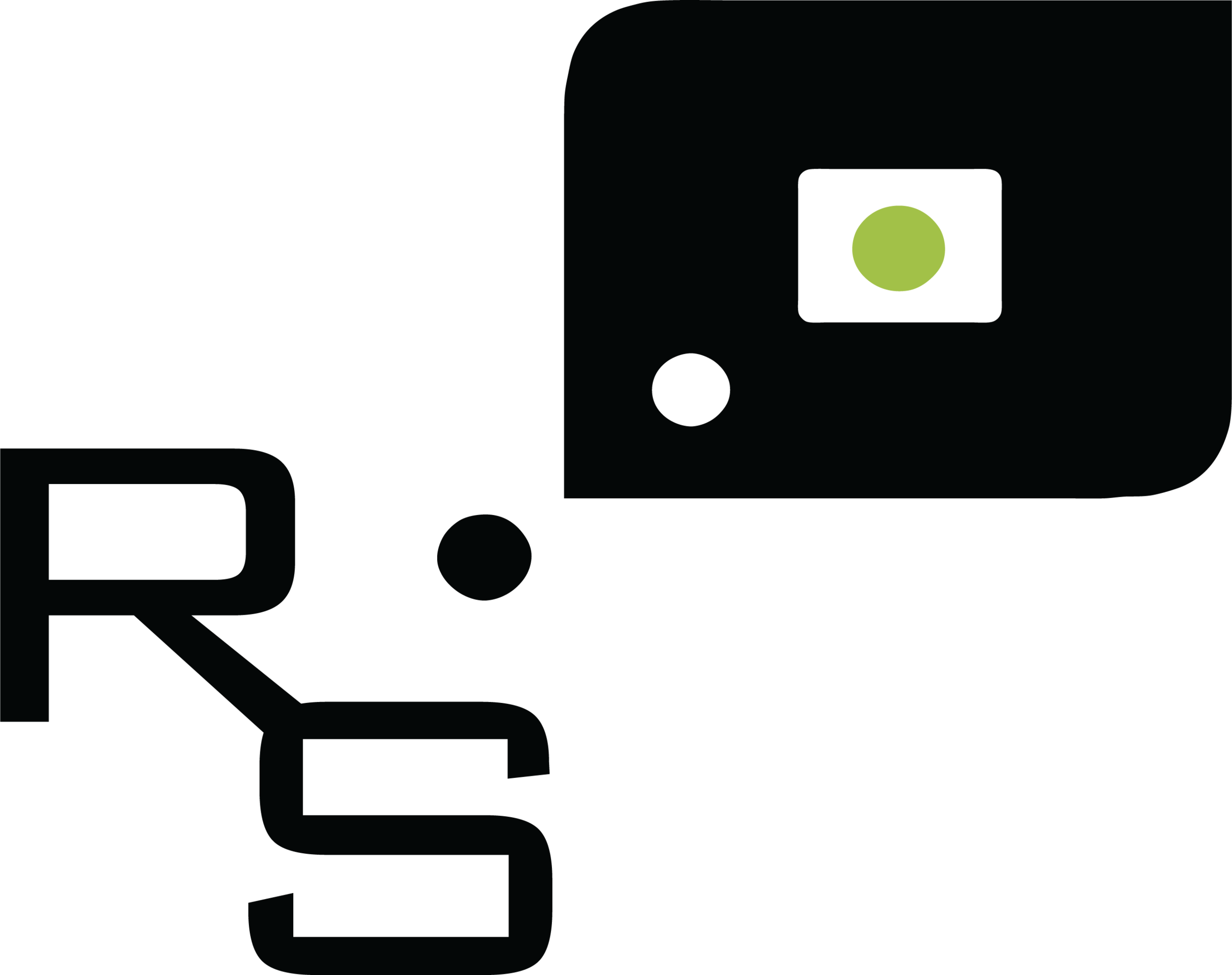Light on the Budget
A renowned architect (okay, it was Le Corbusier) defined architecture as the “masterly, correct and magnificent play of masses brought together in light.” Pretty, but upon hearing that today, most clients would wonder what you’ve been smoking, and wander off to find someone who will just design a suitable building that works within their budget. And sure, if in the end it looks pretty cool, all the better.
The Whiting Eye Clinic. See more of this project.
But architecture cannot be reduced to any one thing, it’s a complex amalgam of systems and materials, spaces and relationships, that ultimately needs to be many things to many people. What a building means to an owner, contractor, code official, tenant, patron, or neighbor will vary widely. It’s the job of an architect to understand these spaces we make and share from as many perspectives as possible, and translate that range of perspectives, needs and desires into a project that flexibly addresses all of them.
But there is a basic truth to Le Corbusier's statement: If you’re looking to dramatically transform a space, the deft use of light will give you the biggest bang for your buck.
If you’re looking to dramatically transform a space, the deft use of light gives the biggest bang for the buck.
Early on in virtually every project, after a client has had the opportunity to roll out the laundry list of needs, wants, and as-long-as-we’re-doing-it's, we invariably come to a point where we need to have The Talk. It’s never fun, or easy, but it’s absolutely necessary. The earlier in a project you get it over with the better for everyone - and most importantly - for the success of the project.
To wit: we'll have to break the news about what you can’t afford, or at least that you can’t afford all of it, and in order to get any of it you’re going to have to make some difficult, even heart wrenching decisions. But don’t worry , this is exactly what your architect is here to help you do.
We'll winnow the scope of your project, but in a way that makes your project better. We'll talk about a budget as not simply a regrettable limitation on what’s possible, but turn that notion on it’s head and treat your budget as a design tool. A budget imposes discipline on a project and forces a rigorous evaluation of the importance of everything contributing to the project's success. When less is more, its imperative to do the most with the least.
Vietnamese Buddhist Association of Minnesota.
This brings us back to why we’re talking about light. Lighting is one place a good designer can do a lot with a little. To begin with, for half the day it’s free. It’s like nature’s matching grant. Open this up a little here, tilt that a little there...and voilà! What might’ve been a dowdy corridor becomes a path of enchantment! What might’ve been heavy and imposing appears to be weightless and hovering on a cushion of light!
After dark there's even more potential to take an average space and make it come alive with an innovative lighting strategy. And we’re not talking here about fancy light fixtures which will quickly deplete even an ample budget - just light. The most compelling lighting design will often deemphasize the fixtures themselves in favor of the light spilling from around and behind and within things; the simple contrasts; and drawing lines and silhouettes. Light can beckon from the distance, grazing and limning texture. All of this can be done with cost-effective utilitarian fixtures since they remain hidden. Even the most draconian budget has room for light and can still allow us to transform a space.
So while perhaps being the most-est with the least-est transformative weapon in the designer’s arsenal, the discipline imposed by working simply with light has the greatest potential to result in something “masterly, correct and magnificent,” and certainly pretty cool.
The discipline imposed by working simply with light has the greatest potential to result in something “masterly, correct and magnificent.”
Grassroots Solutions. See more of this project.



